Guide to Purchasing Skateboards for Intermediate Riders
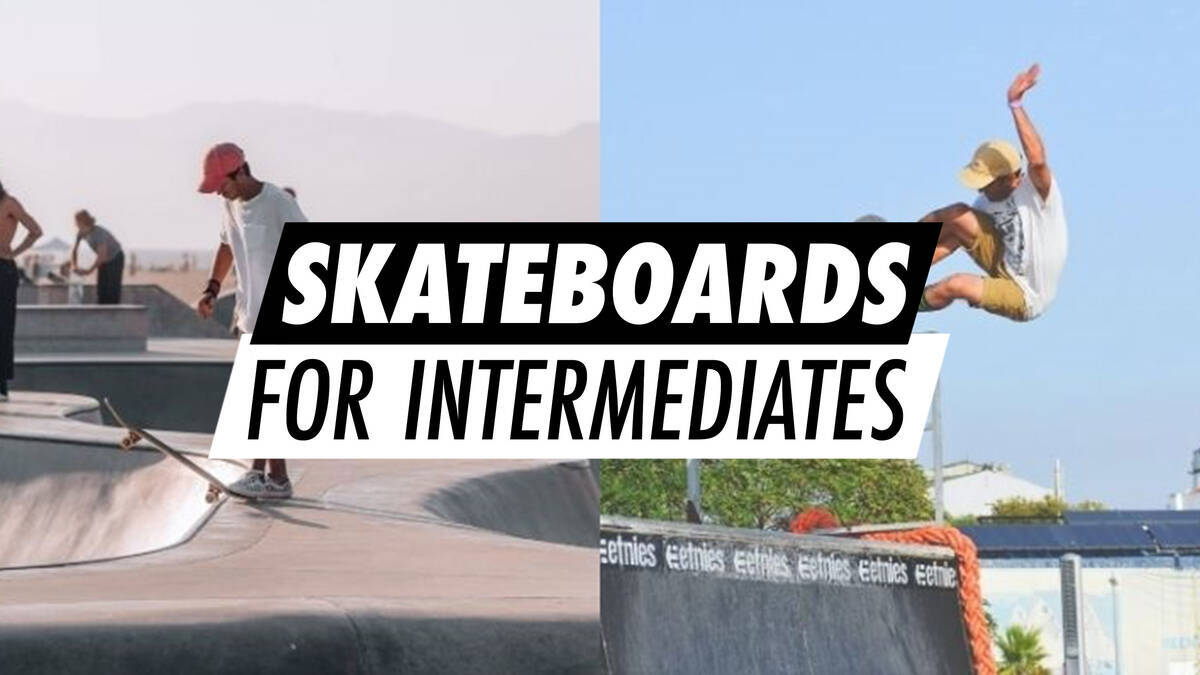
Whether you're acquiring a new complete skateboard or enhancing your current setup with superior components, this guide aims to equip you with the necessary insights to purchase the perfect skateboard tailored for intermediate skateboarders, focusing on honing skills and mastering new tricks.
Overview
Overview
Varieties of Skateboards – Matching Skateboards for Distinct Styles

Every skateboard is made up of a deck, two trucks, and four wheels, but their design and measurements can differ. Hence, it's essential to ask: What kind of skateboarder are you?
Do you prioritise executing technical flip tricks, or do you relish big stairs as well? Are you inclined towards street locations, skateparks, or transitions like vert and bowls? Your skateboarding manner significantly influences selecting a skateboard that perfectly aligns with your requirements.
Most skateboarders, however, don't confine themselves to a single skateboarding style, and sticking rigidly to one discipline might limit the fun. You don’t necessarily need various skateboards for each discipline, but focusing on your main passion when acquiring a new skateboard is sensible.
Below, we've distinguished skateboarding into three chief styles: street, park, and transition. But don't be constrained by these categories; if you possess a street-centric setup and feel drawn to skate a bowl, just go ahead!
Transition Skateboards: Pool and Vert Skateboards
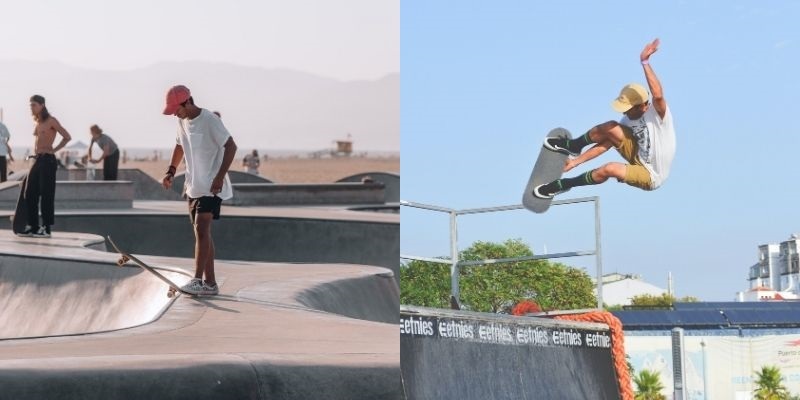
Transition skateboards are crafted for manoeuvres on quarter pipes, half pipes, and bowls with transitions that shift from horizontal to vertical at a right angle. Vert skateboarding, one of the emblematic forms, is celebrated for its impressive air tricks on large half pipes. Dropping into a vert alone demands significant bravery.
Skateboarding pools and bowls signify a unique form of transition skateboarding and are essentially precursors to vert. Historically, skateboarders would utilise empty swimming pools, and these groundbreaking sessions in vacated pools eventually led to the creation of designated skate pools and bowls.
Transition skateboards, whether pool or vert, generally feature larger decks and wheels compared to street setups. With faster speeds and grander tricks, transition skateboarding necessitates a setup with enhanced stability. A larger wheelbase is also usual in transition setups, offering augmented stability and control. However, if you enjoy "surfing" in pools and bowls, you might prefer a narrower wheelbase for executing tighter turns when changing directions.
Street Skateboards
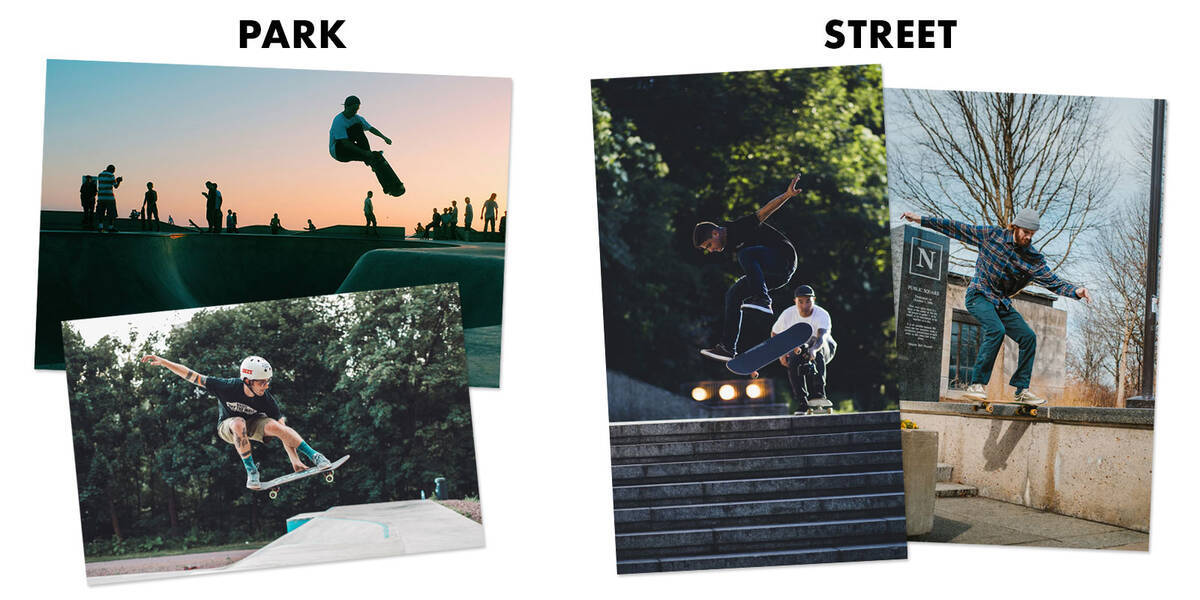
Street skateboards are often more slender and lower than transition skateboards. They possess smaller, harder wheels to enhance manoeuvrability and resilience, improving responsiveness and enabling easier flips and spinning tricks.
Street skateboarding is linked with the evolution of skateboards featuring kick tails on both ends. This development eventually led to the creation of the popsicle skateboard deck shape, largely becoming a norm in skateboarding. The double kicktails make it feasible to perform multiple tricks consecutively, using the skateboard from all perspectives, whether executing tricks in a fakie stance or popping nollie tricks, etc.
Street skateboarding is a creative encounter with urban architecture. Skateboarders redefine cityscapes, transforming ordinary items like stairs and handrails into platforms for self-expression and experimentation. This active engagement between skateboarders and the streets has propelled skateboarding in novel and exciting directions since the late 1980s and early 90s.
Park Skateboards
The ultimate skateboard setup for parks depends largely on a) your personal inclinations and b) the specific park you frequent. Skateparks vary immensely, integrating diverse elements such as ramps and rails to verts and pools.
From concrete to asphalt to wooden terrain, parks differ in size – from expansive structures designed for competitions to intimate, impromptu spots for casual skating with friends.
Consequently, there isn't a standard park skateboarding setup, and if you predominantly skate in parks, it makes sense to tailor your setup to what functions best in your chosen park. For example, if your preferred skate park features smooth surfaces, opting for a slightly softer durometer rating may improve grip and overall performance.
Complete versus Custom – Are Complete Skateboards Worth It for Intermediate Riders?
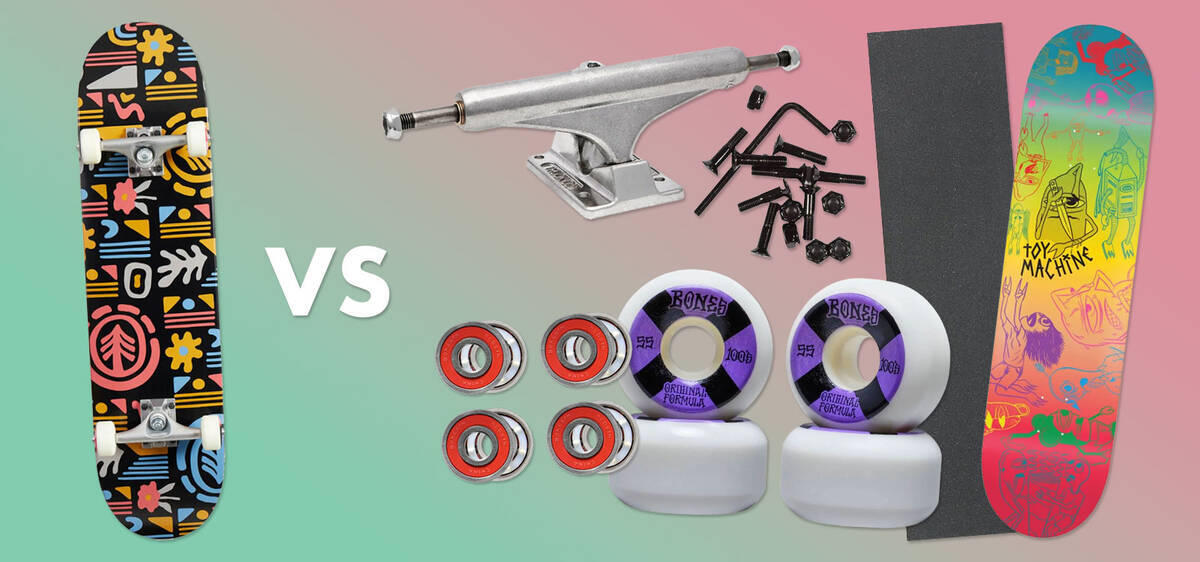
Acquiring a complete skateboard could be wise for intermediate riders, particularly if their existing setup demands a full overhaul. However, it's vital to confirm that the complete skateboard aligns with your distinct preferences and comprises quality components.
Complete skateboards typically feature parts of lower quality compared to individually purchased items, but they tend to be more affordable. When opting for a complete skateboard, prioritise reputable skateboard brands and focus on significant specifications like deck width, wood type (steer clear of Chinese maple), wheel diameter, wheel firmness, and truck maker to secure satisfactory performance and durability.
Assembling your skateboard provides the freedom to choose each part based on your particular preferences. Moreover, some parts of your setup may wear out quicker than others, necessitating certain customisations.
The longevity of skateboard parts largely hinges on your skating style. Grinds rush the wearing out of trucks, while powerslides impact wheel wear. Typically, the deck wears out the quickest, requiring more frequent replacements.
- Check out our selection of Complete Skateboards
- Build a custom skateboard with SkatePro's Custom Skateboard Builder
When is it Time for a New Skateboard Deck?

Replace your skateboard deck when it begins to chip or delaminate, or when its firmness reduces and it loses its initial pop. Even without visible damage like chipping, the board may become saggy and less enjoyable over time. Ultimately, the moment to obtain a new skateboard deck is when it could enhance and enrich your skating experience.
Finding the Ideal Skateboard Deck
Choosing the right skateboard deck involves more than just appearance. Considerations like size, shape, concave, and wood variety are vital for performance and comfort. Understanding the interaction of these elements with your skating style and preferences is crucial when searching for the perfect skateboard deck.
- Size: Align the size with your shoe size and skating style. Ensure the deck's width matches the axle width of your trucks.
- Wood Types: As an intermediate skateboarder, avoid softer wood such as Chinese maple; generally, a 7-ply maple is preferable.
- Concave: Concave denotes the deck's curvature along its width. It significantly impacts how the board feels and its grip on your feet while riding.
Seek expert suggestions on skateboard decks here:
What's the Lifespan of Skateboard Trucks?

High-grade skateboard trucks can last several years, but specific signs may indicate when it's time for replacements. Hangers worn out to the extent of disrupting grinds or stalls, or wearing through to the axle, signal a need for new trucks. With a kingpin breaking due to massive shredding, replacing just the kingpin is feasible. Should bushings wear down quicker than the rest of the truck, fresh skateboard bushings can provide a wholly rejuvenated feel. Remember, you can always adjust truck tightness by tightening or loosening the kingpin nut!
Explore our skateboard trucks and components to find what you require:
Selecting the Ideal Skateboard Trucks
When procuring new skateboard trucks, consider these crucial elements:
- Size: Make sure your trucks' width aligns with your deck's for stability and avoids shoe interference during tricks.
- Truck Height: Decide between low, mid, or high trucks based on your preference for stability, wheel clearance, and ease of control.
- Truck Weight: Light trucks may have benefits for tricks, though weight correlates to size.
To discover more about skateboard trucks, refer to our guide:
When Should You Consider New Skateboard Wheels?
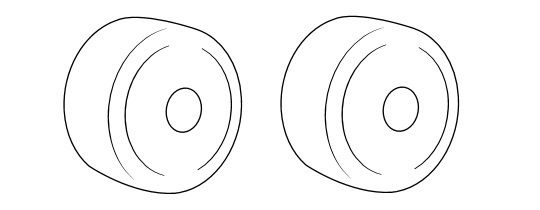
Skateboard wheels are robust but will eventually wear out with regular use. They may become smaller or develop bothersome flat spots, impeding your skateboarding enjoyment. If you notice these issues, it might be time for new skateboard wheels.
Wheels generally wear quicker on the outer edge, diminishing the contact patch. To extend wheel life and promote even wear, it's advisable to occasionally rotate your skateboard wheels. Simply remove and reattach them in a cross-pattern: the front right wheel becomes the rear left wheel, and the rear left wheel becomes the front right wheel, repeating across all wheels. This practice helps distribute wear evenly.
Choosing the Optimal Skateboard Wheels
Here’s a concise rundown on considerations for a new set of skateboard wheels:
- Size/Diameter: Select the wheel size aligned to your skateboarding style and terrain. Smaller wheels enhance agility, while larger ones offer stability and speed.
- Hardness (Durometer): Choose the right durometer for your wheels based on the surface you skate and your preference for grip. Softer wheels give greater grip and shock absorption, while harder ones offer speed and durability.
- Shape and Contact Patch: Consider wheel shape and the size of the contact patch. Narrow contact patches are more responsive for tricks, while wider ones grant grip and stability.
Access our guide for more in-depth advice regarding skateboard wheels:
Determining the Right Skateboard Size: What to Consider?
When choosing the ideal size for a skateboard deck, it is essential to ensure that the width aligns with your feet and preferences, as it considerably affects how it feels when skating. Consulting a size chart can assist in deciding whether a narrower or broader deck suits your shoe size. A deck that is excessively narrow might feel unstable, whereas one that is overly wide could reduce manoeuvrability. Generally, if your shoe size is European 45 or larger, it is advisable to select a deck width of at least 8 inches to enable proper landings during tricks.
Bear in mind that both your skateboarding style and personal inclinations play a crucial role when deciding on skateboard deck size. Those who engage in pool or vert skateboarding are likely to find that a wider deck than suggested in the chart suits them better.
| Skateboard Width | Recommended Age | Shoe size US | Shoe size UK | Shoe size EU |
| 6.5" | 3 - 5 | 6C - 11C | 5Y - 10Y | 23 - 28 |
| 6.75" | 3 - 5 | 7C - 11C | 6Y - 10Y | 24 - 28 |
| 6.825" | 4 - 6 | 9C - 12C | 8Y - 11Y | 26 - 30 |
| 7.0" | 5 - 7 | 10C - 1 | 9Y - 12Y | 28 - 32 |
| 7.125" | 6 - 8 | 11C - 2 | 10Y - 1 | 29 - 33 |
| 7.25" | 7 - 9 | 12C - 3 | 11Y - 2 | 30 - 34 |
| 7.375" | 8 - 10 | 13C - 4 | 12Y - 3 | 31 - 35 |
| 7.5" | 9 - 11 | 1 - 6 | 13Y - 5 | 32 - 38 |
| 7.625" | 10 - 12 | 2 - 7 | 1 - 6 | 33 - 39 |
| 7.75" | 12 - 14 | 4 - 9 | 3 - 8 | 35 - 42 |
| 7.875" | 12 - 14 | 4 - 9 | 3 - 8 | 35 - 42 |
| 8" & Up | 14 & Up | 9 & Up | 8 & Up | 42 & Up |
Explore our comprehensive guide:

